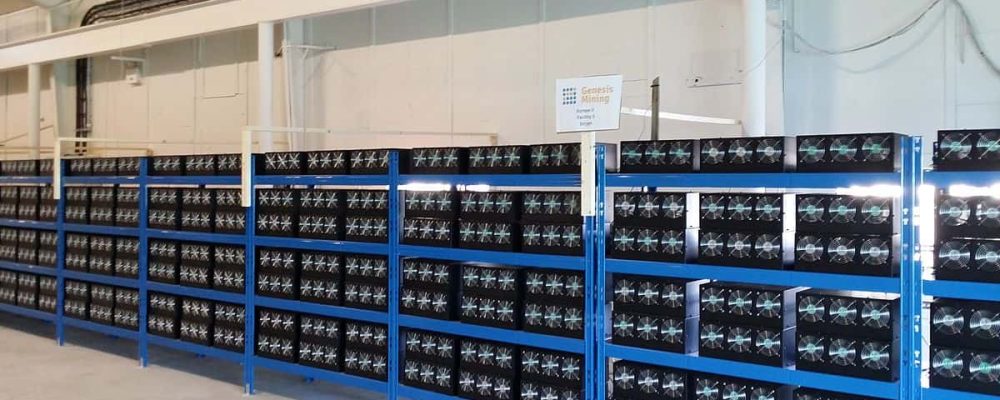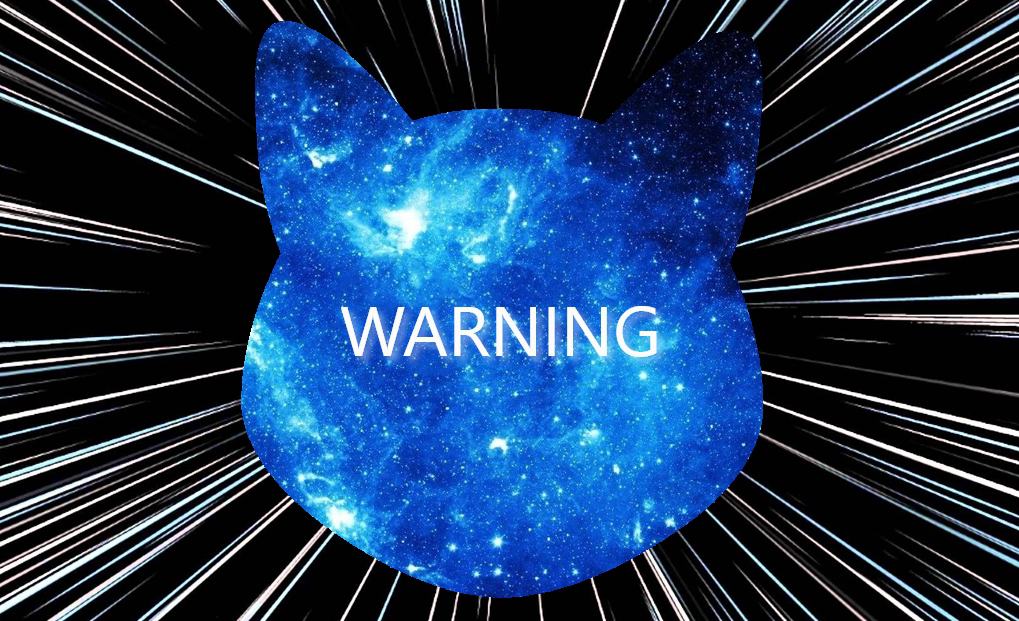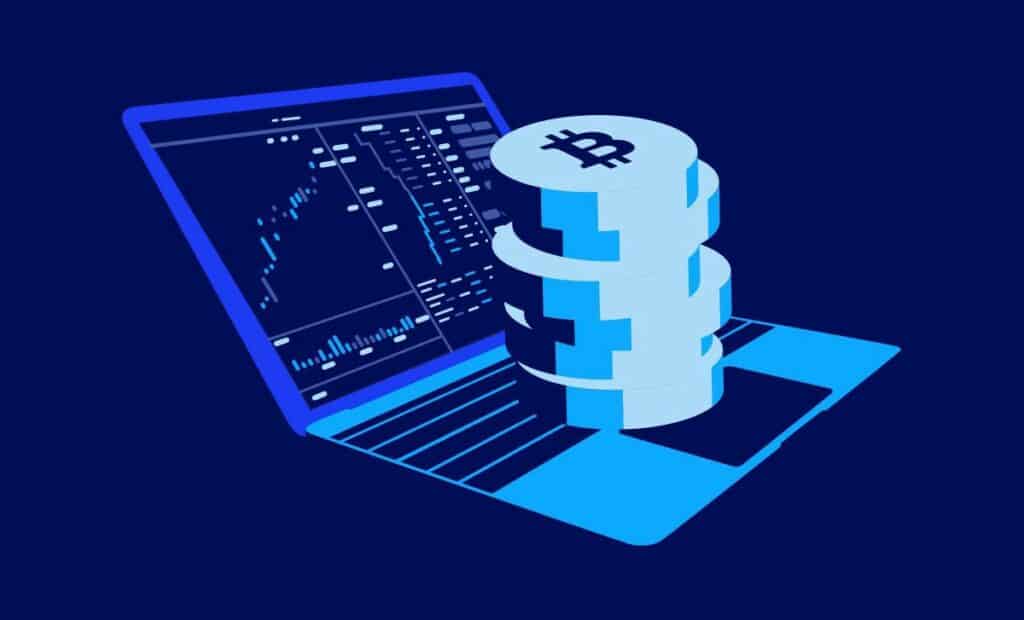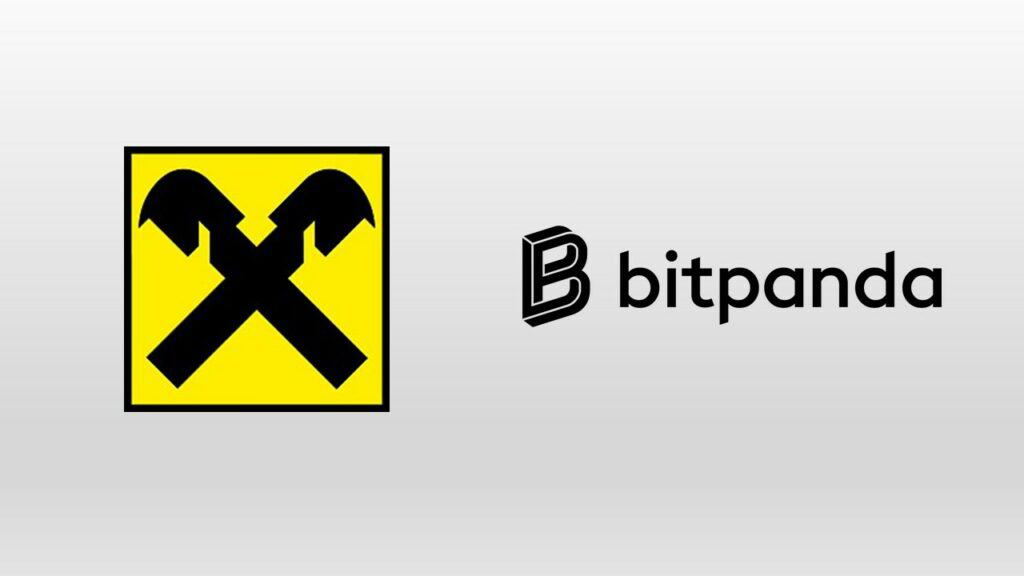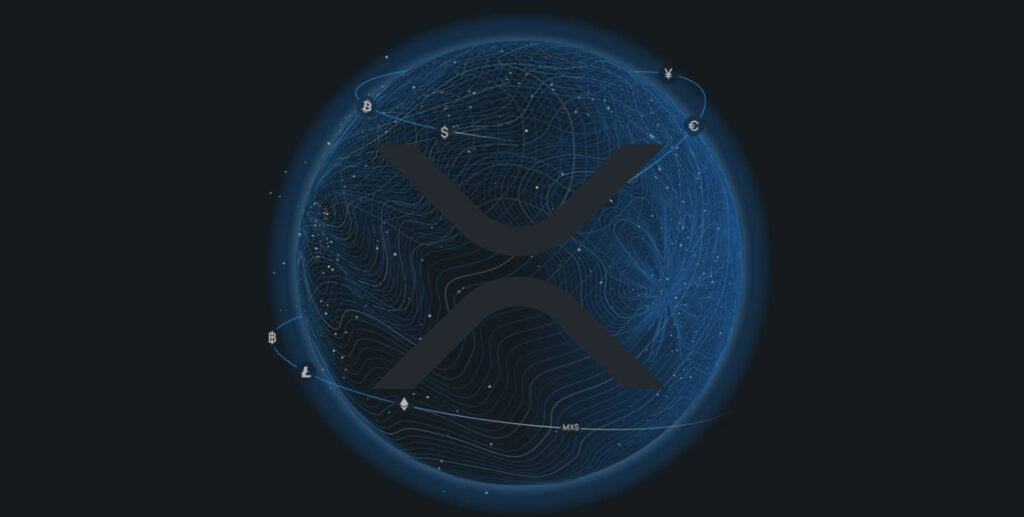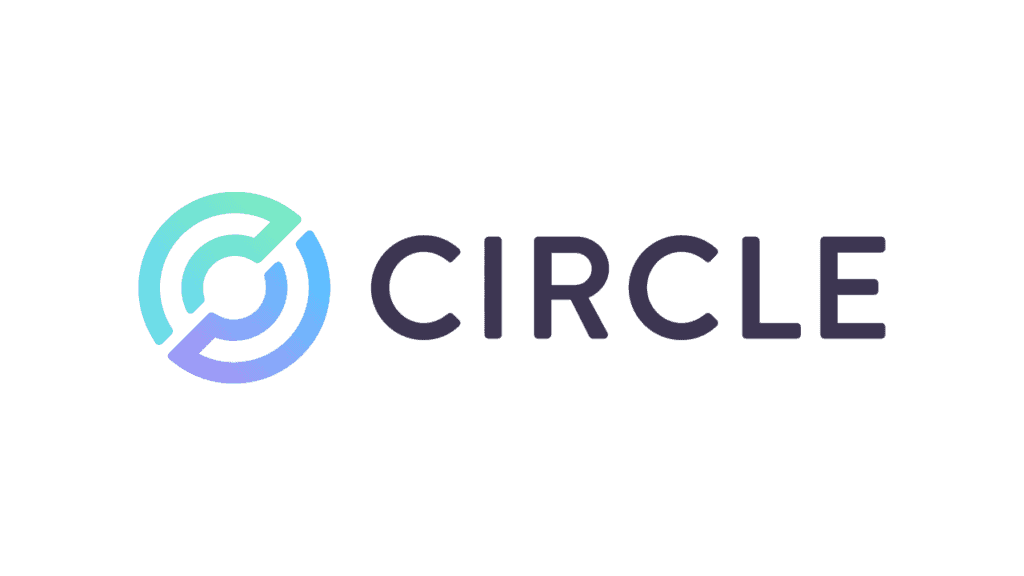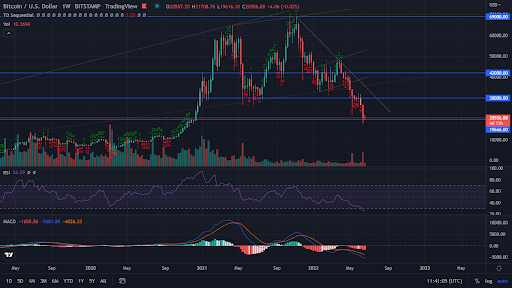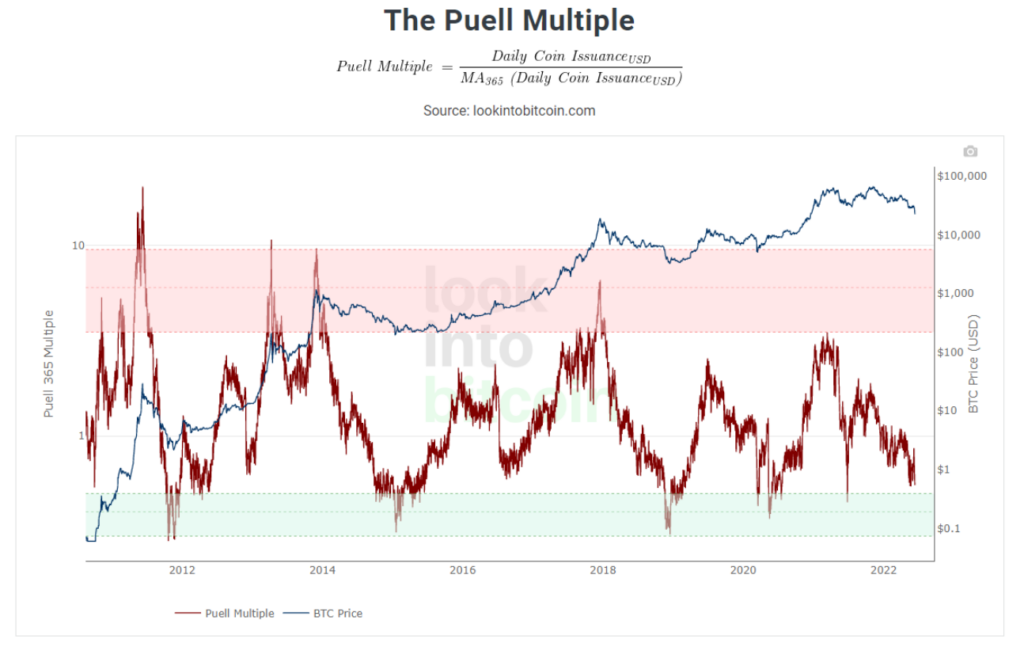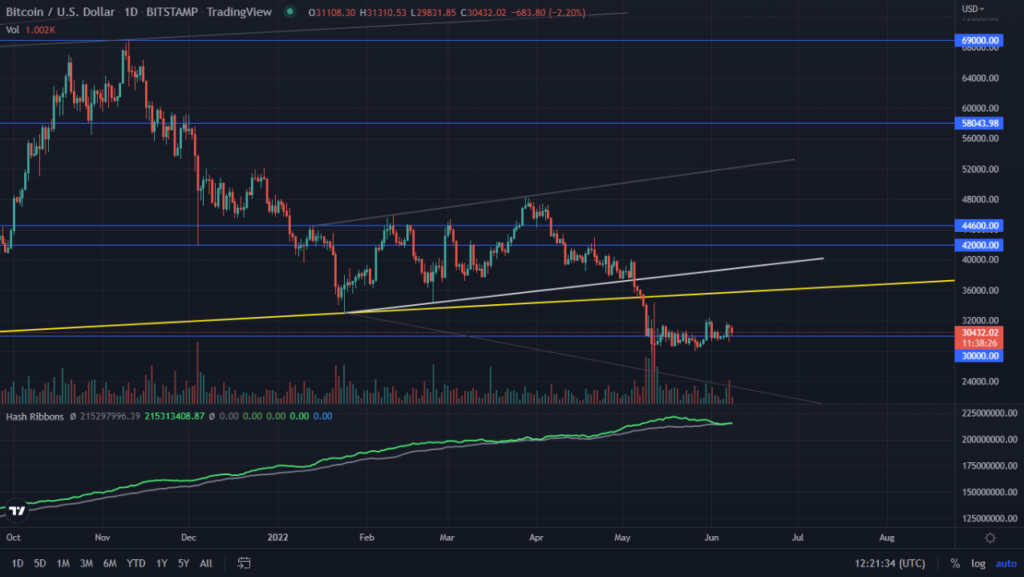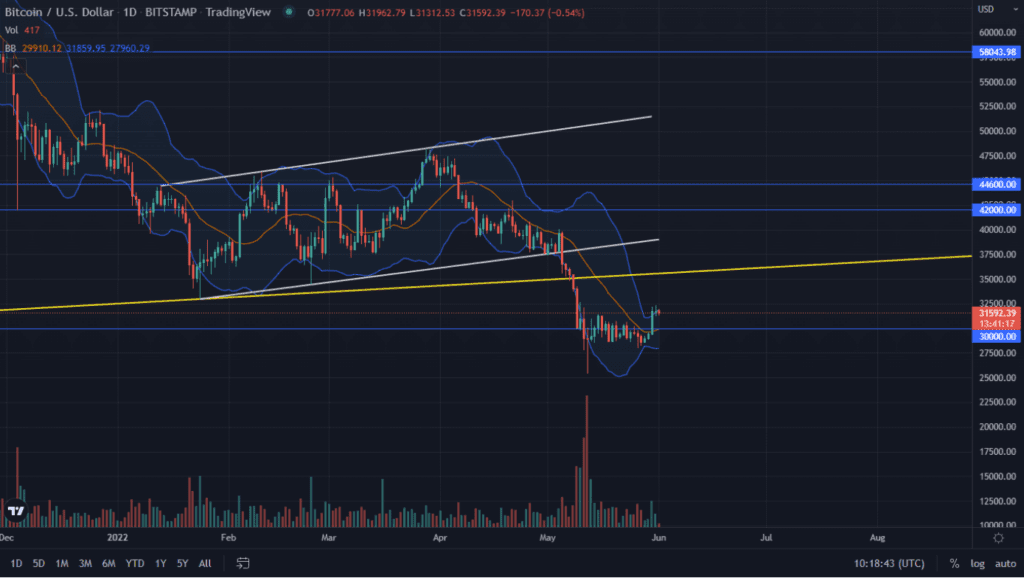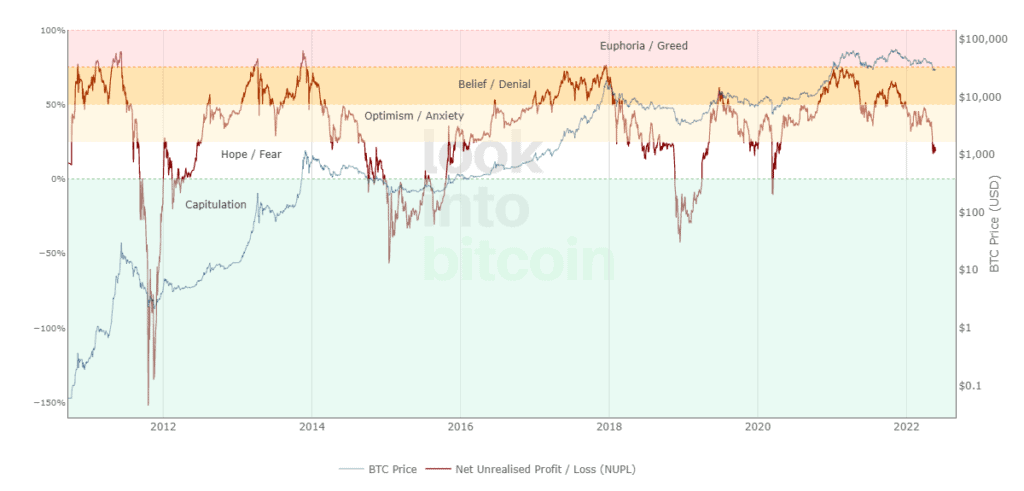Would you like to get into cryptocurrency mining, but don’t know where to start? You’ve come to the right place! In this article, we will explain what cryptocurrency “mining” is and what equipment you need to start mining cryptocurrencies.
What is cryptocurrency mining?
Cryptocurrency mining is nothing more than performing complex mathematical calculations. Solving a mathematical puzzle is, in other words, “breaking the block”. Computers with high computing power are used for this purpose. In order to mine cryptocurrencies, we can use several different devices that are built into your computer. In the next paragraph, we will introduce the most popular ones, namely: CPU, GPU and ASIC.
CPU
The most popular device used to “mine” cryptocurrency will obviously be the CPU, which is the processor built into your computer. Historically, this is the first unit used to mine Bitcoin (BTC). In later years, mining cryptocurrencies using the CPU waned in favor of other tools, but there is now a resurgence of this method. Some cryptocurrencies, such as Monero (XMR) for example, are optimizing their hash algorithm to run more efficiently just on CPUs.
GPU
The second popular tool for mining cryptocurrencies is graphics cards, or GPUs. Using the design of a graphics card, it is possible to process thousands of threads simultaneously, resulting in massive computing power. These are leading mining devices due to the fact that they are relatively cheap and easy to set up.
ASIC
The last tool we mentioned for mining Bitcoin (BTC) as well as other cryptocurrencies are ASICs. An ASIC, or Application Specific Integrated Circuit, has the advantage of being the most powerful of the three devices we mentioned. Unfortunately, such circuits are designed to perform only one type of task. So they lack flexibility and, consequently, are not universal. They also consume a lot of power and are relatively noisy.
Two ways to mine cryptocurrencies
Now that we’ve talked about the different tools we can use to mine cryptocurrencies like Bitcoin (BTC), let’s move on to the two different ways we can do it.
Proof of Work (POW)
The first is what is known as Proof of Work, which is the use of what are known as excavators. Excavators are special computers designed for digging, offering very high computing power. Several excavators connected together form a mine or, in other words, a farm. Such a farm has much more computing power than a single computer, and thus has a greater chance of “breaking the block”, i.e. solving the mathematical task.
Proof of Stake (POS)
To mine cryptocurrencies using the Proof of Stake method, you only need a desktop or laptop computer. So you don’t need to spend money on buying a copter. All you need to do is install a wallet containing the entire blockchain of a particular coin that exists so far to start digging more coins. The only inconvenience associated with this method is the synchronization and downloading of data. These processes can take up to several days due to the large amount of data being downloaded.
What about China?
Now you know what mining cryptocurrencies is and what tools are used for this purpose. If you are interested in cryptocurrencies on a regular basis, you surely got the information that at the beginning of 2021 an unusual situation occurred in China: gaming laptops with Nvidia GeForce RTX 3000 graphics card are being bought up en masse. Well, it turns out that Chinese miners, due to the lack of other kinds of tools, began to create mines based on laptops equipped with this particular GPU. For now, it is difficult to predict what consequences this situation will have.

